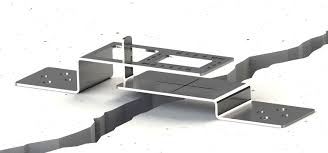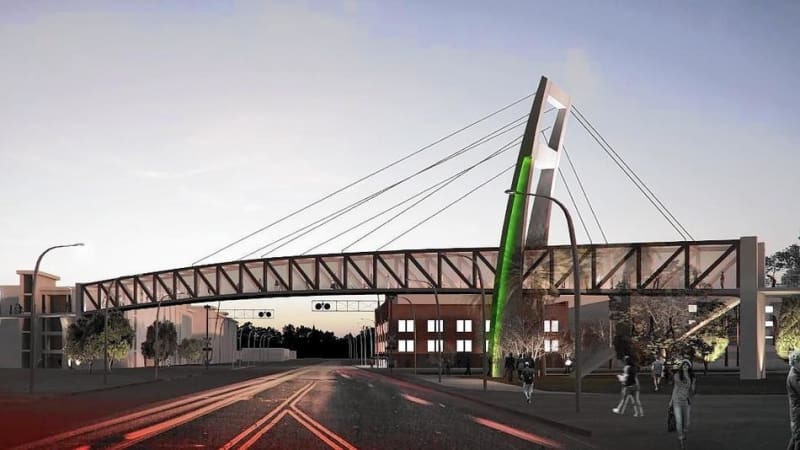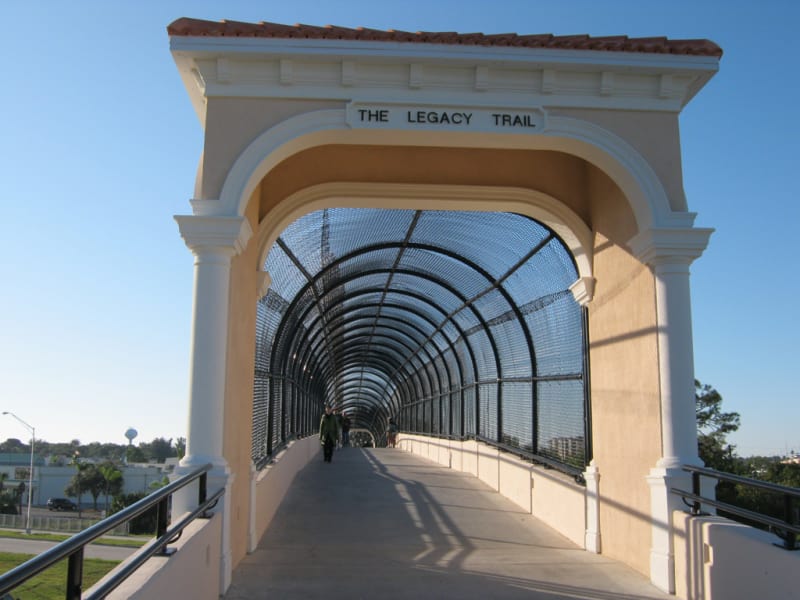I've read hundreds of full NTSB reports, and thousands of preliminary reports and report synopses, and this one is exactly in line with my expectations based on their past work. Their preliminary reports are never anything more than an expression of the facts available by inspection, and where practical, a statement of what resources (if any) are expected to be engaged in the ensuing investigation. They often contain substantial errors and omissions, and are rarely emended before the final report is released.
NTSB final reports are almost always of a depth commensurate with the seriousness of the accident at hand. For a non-fatal small airplane crash, the final report will usually contain only a little more than what was in the preliminary, plus a statement of probable cause. For a fatal airplane crash, the report will be quite voluminous, and may include recommendations for regulatory change in addition to the probable cause. For an accident such as the one at hand, I think we can reasonably expect that the final report will be quite thorough, will engage all necessary resources, and will evaluate a wide range of contributing factors in arriving at a probable cause.
--Bob K.



